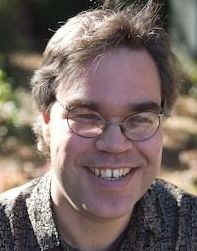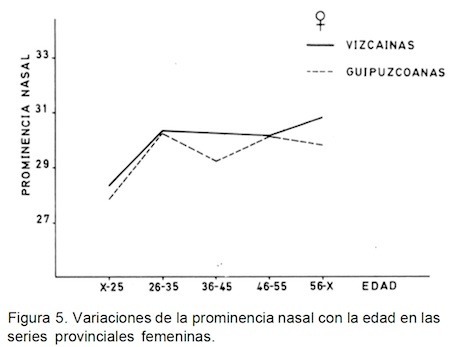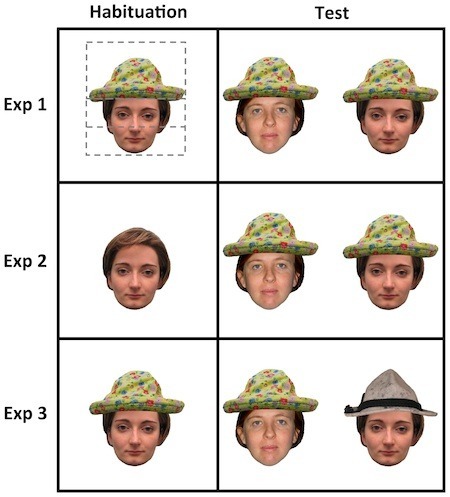Marc Abrahams's Blog, page 439
December 17, 2013
Clever bots (or concoctions) converse (or whatever)
Is this a pair of computer programs reacting to, and seemingly conversing with, each other? Or is it merely something concocted to appear to be that? And does it matter which is the case?
[HT Jan Chiles]
BONUS: More of same:

December 16, 2013
Masculine Men Mumble? (study)
A joint study from Professor Vera Kempe (The University of Abertay Dundee, Scotland) and two members of the PUTS lab. (Pennsylvania State University, US), Professor David A. Puts, and Dr. Rodrigo A. Cárdenas, has, possibly for the first time, investigated the proposition that ‘Masculine Men Articulate Less Clearly’ (in: Human Nature journal, December 2013, Volume 24, Issue 4, pp 461-475). Their study, which explored whether physical and vocal indicators of male mate quality and threat potential are linked to effective communicative behaviors such as vowel differentiation and use of more salient phonetic variants of consonants, found that :
“[...] taller, more masculine men display less clarity in their speech and prefer phonetic variants that may be associated with masculine attributes such as toughness.”
Here are three videos in which the participants, whom many regard(ed) as masculine, display varying degrees of clarity in their speech.
Bonus Task: If you can come up with a two-word sentence which sums-up the phenomenon, Improbable would like to hear from you.

3-month-old infants, some ladies, and some hats
What can one do with photos like these, which show some ladies and some hats?
Show them to three-month-old infants, and then publish a study. One of the few groups to do exactly that published this study:
“How a Hat May Affect 3-Month-Olds’ Recognition of a Face: An Eye-Tracking Study,” Hermann Bulf, Eloisa Valenza and Chiara Turati, PLoS ONE, December 11, 2013. The authors are at Università degli Studi di Padova and Università degli Studi di Milano – Bicocca.

Towards a Theory of Jerks (help wanted)
 Eric Schwitzgebel, Professor of Philosophy at University of California at Riverside, US (whom we recently featured for his ideas about the philosophical concept he calls ‘Crazyism’) is developing a Theory of Jerks. As part of this project, the professor is seeking examples of jerkish behavior. Here’s an instance – from ‘Anonymous’ :
Eric Schwitzgebel, Professor of Philosophy at University of California at Riverside, US (whom we recently featured for his ideas about the philosophical concept he calls ‘Crazyism’) is developing a Theory of Jerks. As part of this project, the professor is seeking examples of jerkish behavior. Here’s an instance – from ‘Anonymous’ :
“At the gym a few weeks ago. A man there (working out) had probably 10 weights of various sizes strewn in a wide radius around him, blocking other people’s potential work-out space. I asked him if the weights were his, and he said “no – the person before me left them here, and I DON’T PICK UP OTHER PEOPLE’S WEIGHTS.”
If you have an example of jerkish behavior, or an observation on jerkdom in general, or perhaps even a definition of a jerk (currently lacking in the literature) here’s the place to submit it.

December 15, 2013
Krog heralds the collapse of the universe
“Collapse of the universe is closer than ever before“, says a headline in Space Daily. The report goes on to say:
Now we have performed more precise calculations, and we see two things: Yes, the universe will probably collapse , and: A collapse is even more likely than the old calculations predicted”, says Jens Frederik Colding Krog [pictured here], PhD student at the Center for Cosmology and Particle Physics Phenomenology (CP – Origins) at University of Southern Denmark and co-author of an article on the subject in the Journal of High Energy Physics.
To which we offer this summary:
A collapse is a-coming, alright,
Sooner than we had thought. (Hey — tonight?)
We’ll all be agog
Nods J. Colding Krog,
With universe-ending foresight.
BONUS QUESTION: In regard to the headline ”Collapse of the universe is closer than ever before“: what future events are not closer than ever before?

Research on kids’ indifference to, or fear of, Santa Claus
Professor John Trinkaus did several studies documenting the prevalence of indifference or fear among kids visiting Santa Claus in a shopping mall, we remind you.
Professor Trinkaus was awarded the 2003 Ig Nobel Prize in literature for for meticulously collecting data and publishing more than 80 detailed academic reports about things that annoyed him (such as: What percentage of young people wear baseball caps with the peak facing to the rear rather than to the front; What percentage of pedestrians wear sport shoes that are white rather than some other color; What percentage of swimmers swim laps in the shallow end of a pool rather than the deep end; What percentage of automobile drivers almost, but not completely, come to a stop at one particular stop-sign; What percentage of commuters carry attaché cases; What percentage of shoppers exceed the number of items permitted in a supermarket’s express checkout lane; and What percentage of students dislike the taste of Brussels sprouts.)
Professor Trinkaus did the Santa Claus research some years after he received the Ig Nobel Prize.
BONUS: This video, done by another researcher, documents Santa Claus’s arrival in a shopping mall in 2009. Note the absence of children:
BONUS: In 2013, researcher M. Kelly discusses her theory of the black-and-white nature of what kids now have to fear about Santa Claus:

Mapping noses in the Basque Country
 Anthropologist Esther Rebato [pictured here] of the University of the Basque Country has mapped the presence of nasal characteristics in people who dwell in the Basque Country.
Anthropologist Esther Rebato [pictured here] of the University of the Basque Country has mapped the presence of nasal characteristics in people who dwell in the Basque Country.
Her study is:
“Aspectos métricos y morfoscópicos de la región nasal en vascos ["Metric aspects and morphoscopic the nasal region in Basques"],” Esther Rebato, Munibe Antropologia – Arkeologia, no. 39, 1987 , pp. 29-37.
Here’s detail from the study:


December 14, 2013
Duck and Pond together, with friends, Romans, countrymen
An academically productive case of Duck encountering Pond (and vice versa):
“Friends, Romans, countrymen, lend me your retrospections: Rhetoric and reality in personal relationships,” Steve Duck and Kris Pond, in Clyde Hendrick, (Ed), (1989). Close relationships. Review of personality and social psychology, vol. 10., (pp. 17-38). (Thanks to investigator @ThatNeilMartin for bringing this to our attention.)

Wong and Wright, hundreds of times
This is one of the many hundreds of academic papers that have a co-author who is Wong and a co-author who is Wright:
“Trefoil peptides,” W.M. Wong, R. Poulsom, and N.A. Wright, Gut, vol. 44, no. 6 (1999): 890-895. (Thank you to investigator Matthew R. Francis for bringing the phenomenon to our attention.) This particular Wong and Wright are, or were, at Imperial College London.
This may qualify as an example of nominative indeterminism, a relative of nominative determinism.
BONUS: Oh and Huh

Oh, Huh: What Happens
Oh and Huh teamed up to tell what happens. Their study is:
“What Happens When the Items of Examination and Correct Answer Is Opened in Medical School?” [article in Korean], D.J. Oh and S. Huh, Korean Journal of Medical Education, vol. 13, no. 1, May 2001, pp. 143-148. The authors are at Hallym University, Chunchon, Korea.
BONUS: Wong and Wright, hundreds of times

Marc Abrahams's Blog
- Marc Abrahams's profile
- 14 followers




